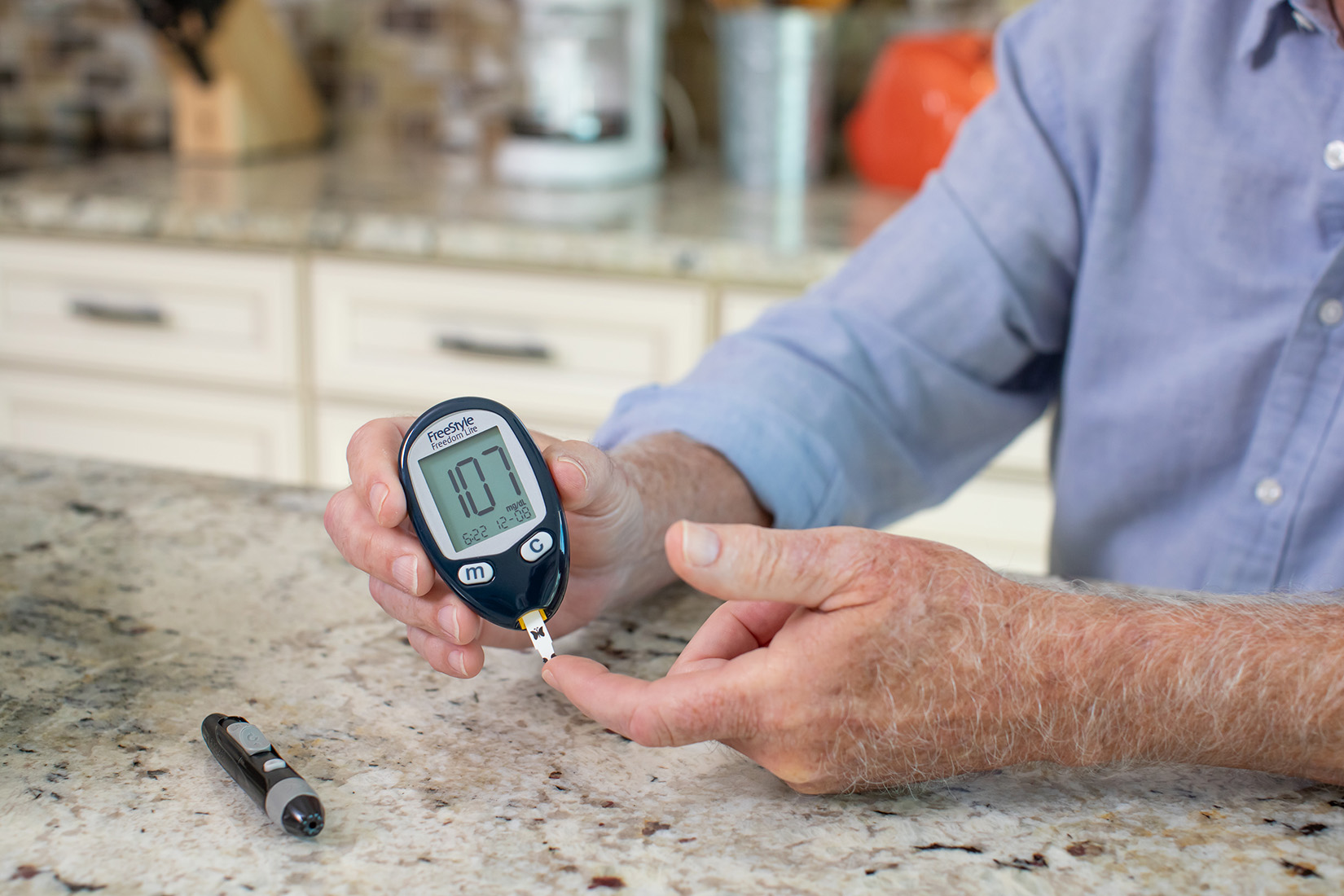
AMC Health supports over 100 disease management protocols that are customized for the unique needs of each individual. The management of chronic conditions through remote patient monitoring and virtual care solutions, improves outcomes across all populations, reduces all cause readmissions and ED utilization, while reducing costs for at-risk populations.
AMC Health’s Chronic Care Management programs are proven to help patients/members follow their provider’s care recommendations, improve their overall health, reduce unnecessary office, ED and hospital visits, and improve their health literacy.
All of our devices are wireless for convenience and easy to use on a daily basis regardless of age and location.
Provide better care and better access to care for members and let them take charge of their own health.
Real-time member data and machine learning capabilities identifies rising risk and is accessible through our Care Console platform.
Enable improved health literacy through AMC Health’s library of educational videos and resources as well as encouragement to stay healthy.
Remote monitoring lets you proactively uncover issues before they become episodes. Our program helps detect exacerbations so you can provide timely clinical interventions.
AMC Health delivers improved and sustained outcomes for reductions in HbA1c, blood glucose, reduction in ED visits, as well as improved adherence and improved communication between patients and providers.
RPM can help control high blood pressure through consistent monitoring, identifies out of range readings to prevent episodes and also promotes self-management and behavioral changes of patients.
The presence of chronic kidney disease (CKD) is a major risk factor for developing coronary artery disease (CAD). Clinicians should be aware that the risk of dying from cardiovascular causes in patients with CKD is significantly higher than developing end-stage renal disease.
RPM can help reduce rescue inhaler use which may result in more days without symptoms and a better quality of life
Identify and monitor high risk patients to further reduce preventable hospital readmissions. Improved communication with these patients ensures more timely access to care, reduced costs, and improved continuity of care.
Remote monitoring devices track valuable patient information that doctors can review and use to make treatment changes and updates. Important vitals and activity data can be captured and viewed real-time by the care team.
RPM reduces stigma, mitigates the need for childcare, minimizes healthcare system navigation, and eliminates barriers to care, making it a necessary and promising model for providing care to people with HIV.
AMC Health provides the latest in RPM programs for a wide variety of mental health conditions. These solutions keep your patients/members connected with their clinical teams.
AMC Health’s Remote Maternity Care Program provides a tailored service to safely monitor mom and baby using our proven and trusted mobile devices. We help identify, predict, and prevent health risks.
AMC Health provides advance remote patient monitoring solutions for newborns requiring extra support.
We offer a broad offering of remote patient monitoring solutions for general wellness, weight loss and other programs.
Health education and health literacy are key features to successful remote patient monitoring programs.
Monitor medication adherence and help patients stay on track to improve outcomes and provide visibility to drive necessary interventions.
Visual inspection of wounds and wound care progress can help prevent infections through early interventions and reduce costly readmissions.
Post discharge monitoring using interactive voice response system reduces 30-day readmission rates. Results include improved care coordination, better patient outcomes and reduced hospitalizations.
Explore our articles about remote patient monitoring, industry news, and much more.







.jpeg?width=2000&name=AdobeStock_450901146%20(1).jpeg)


